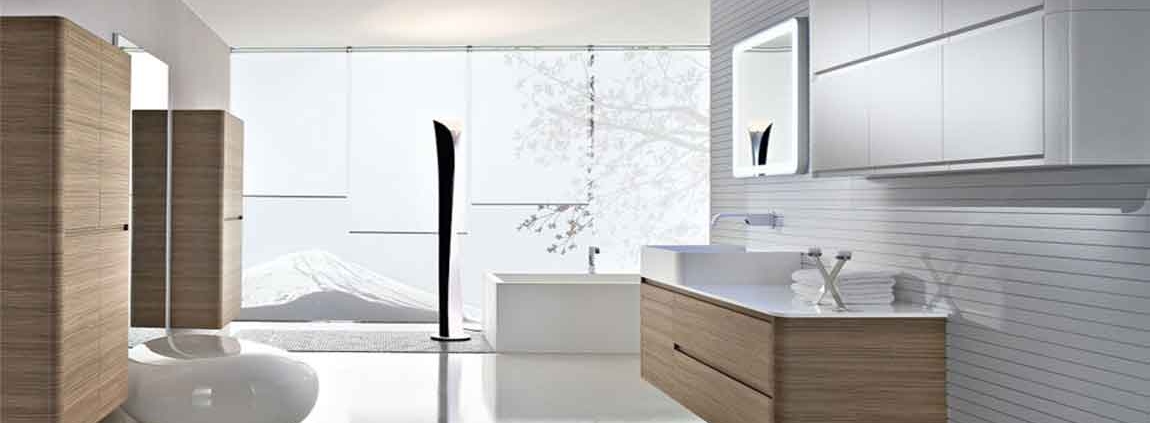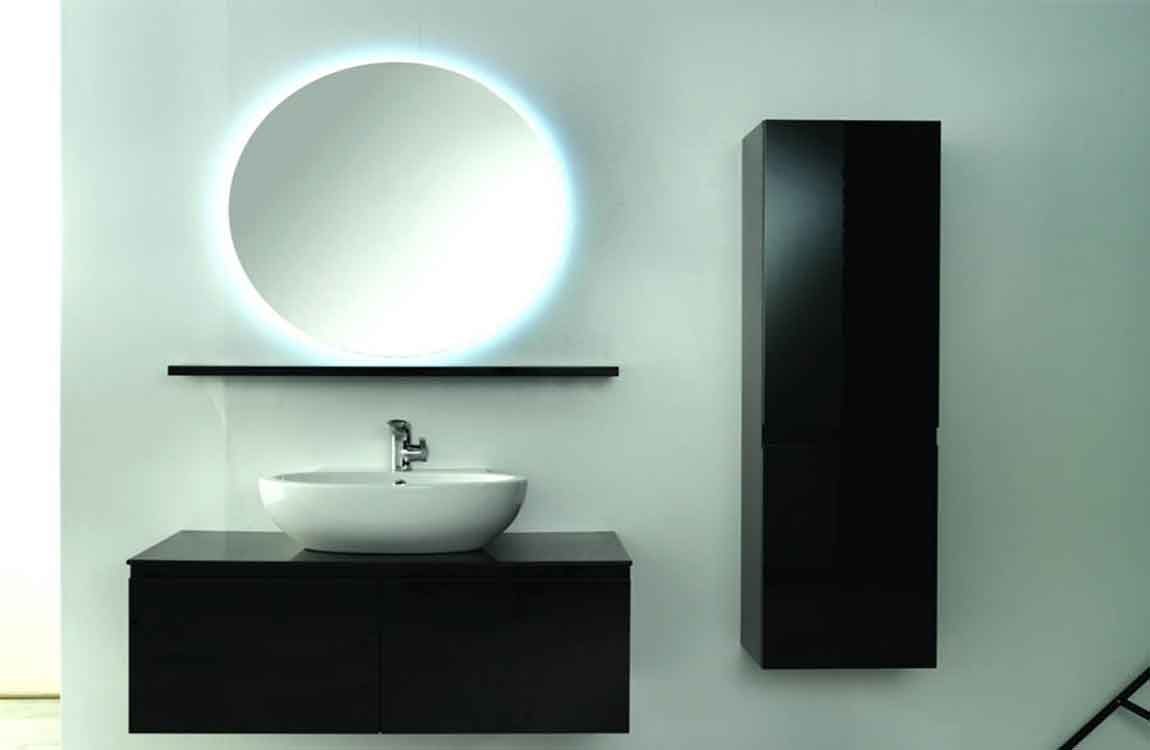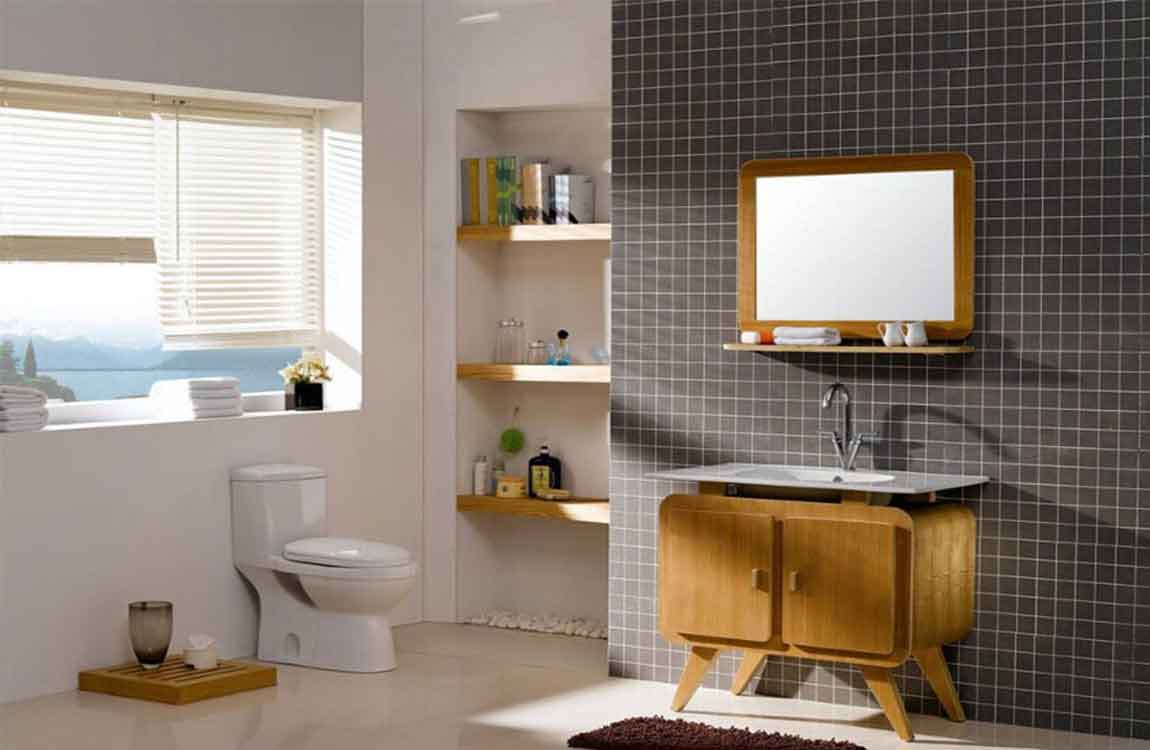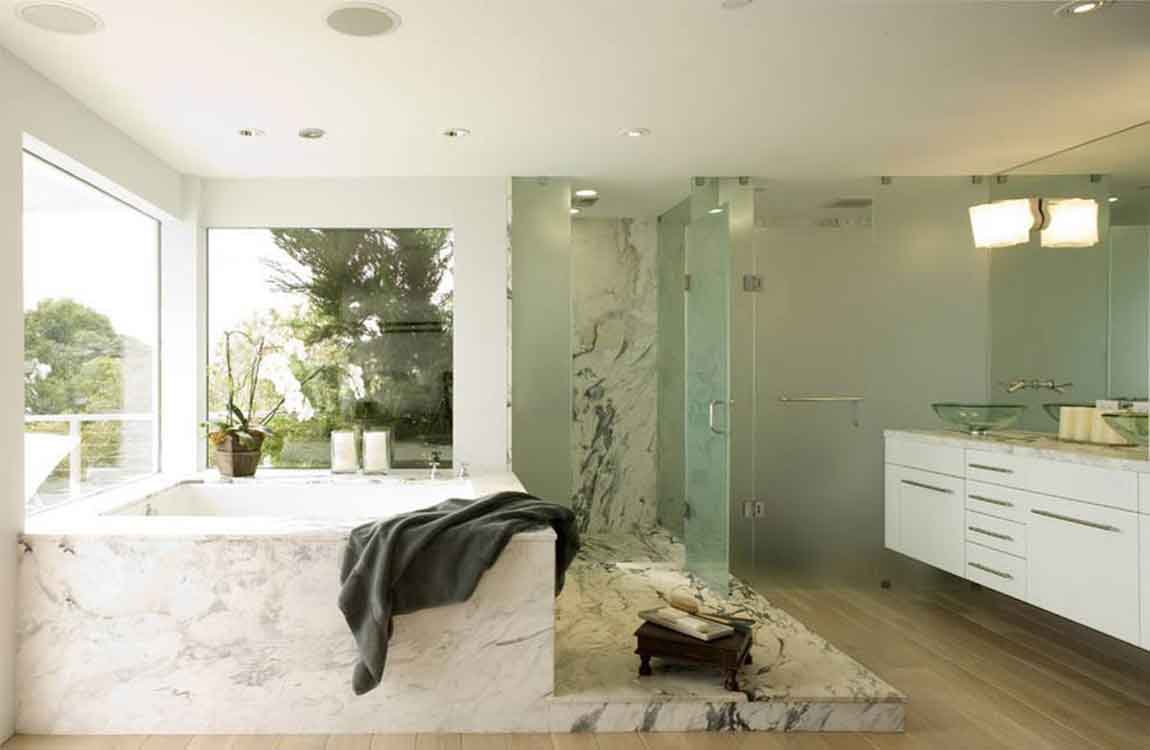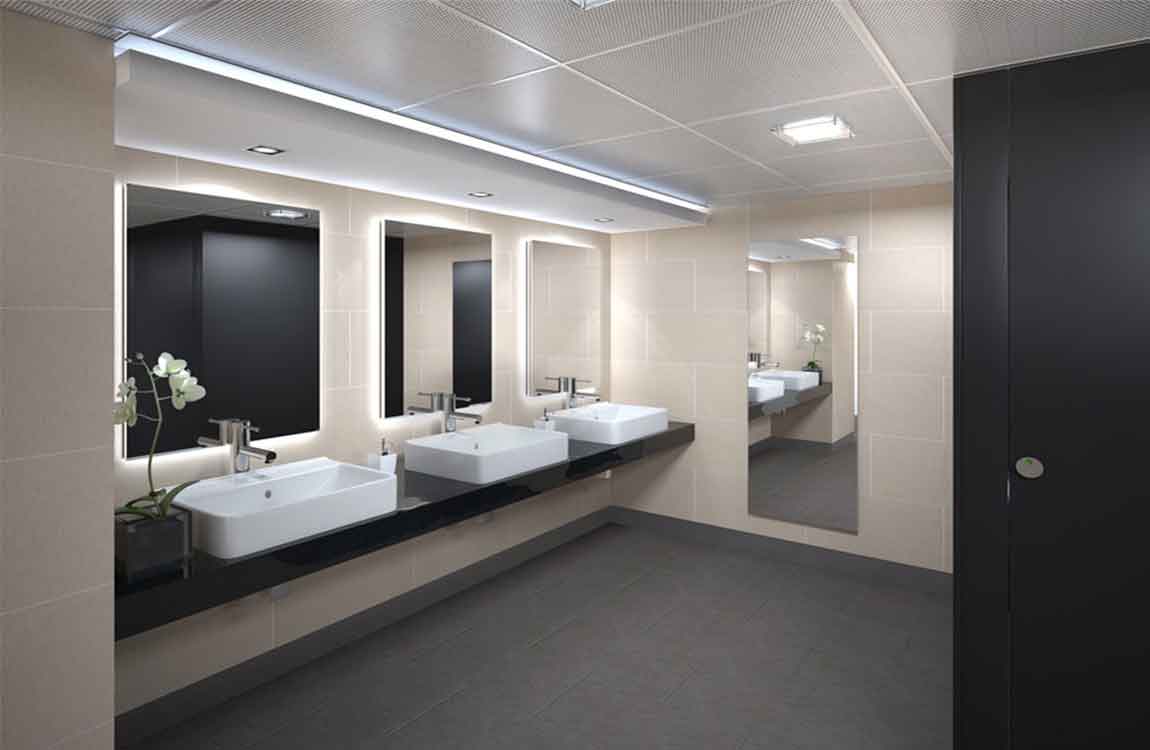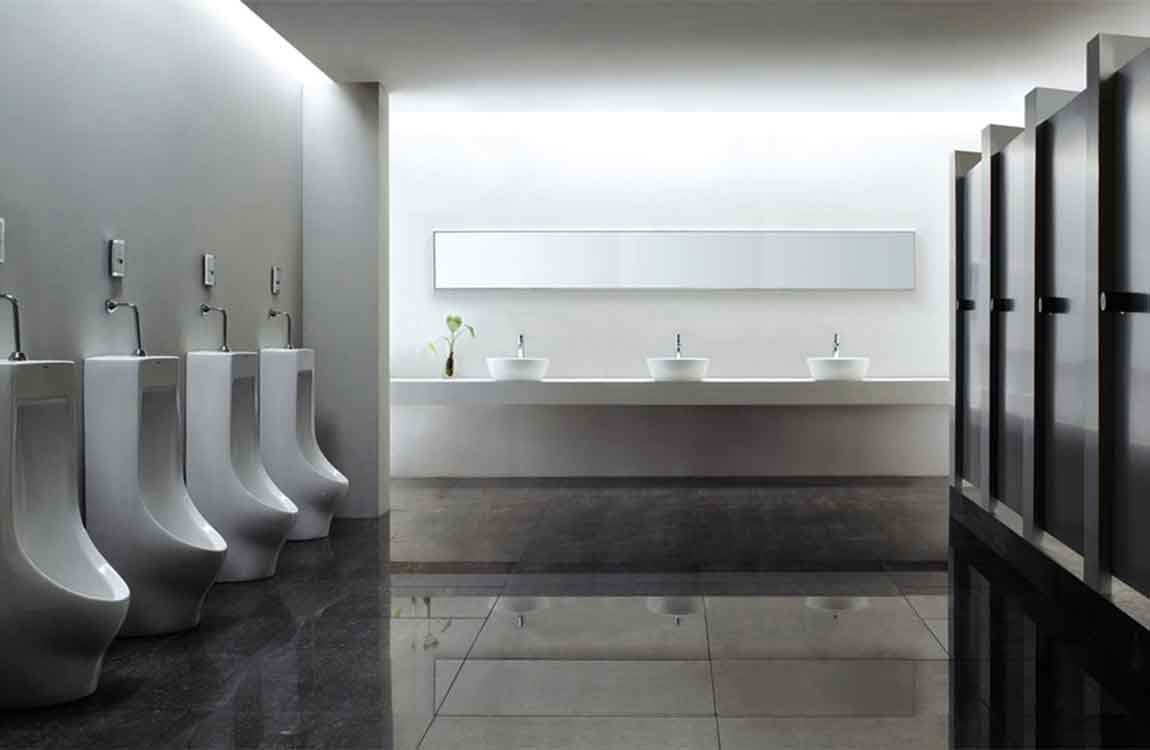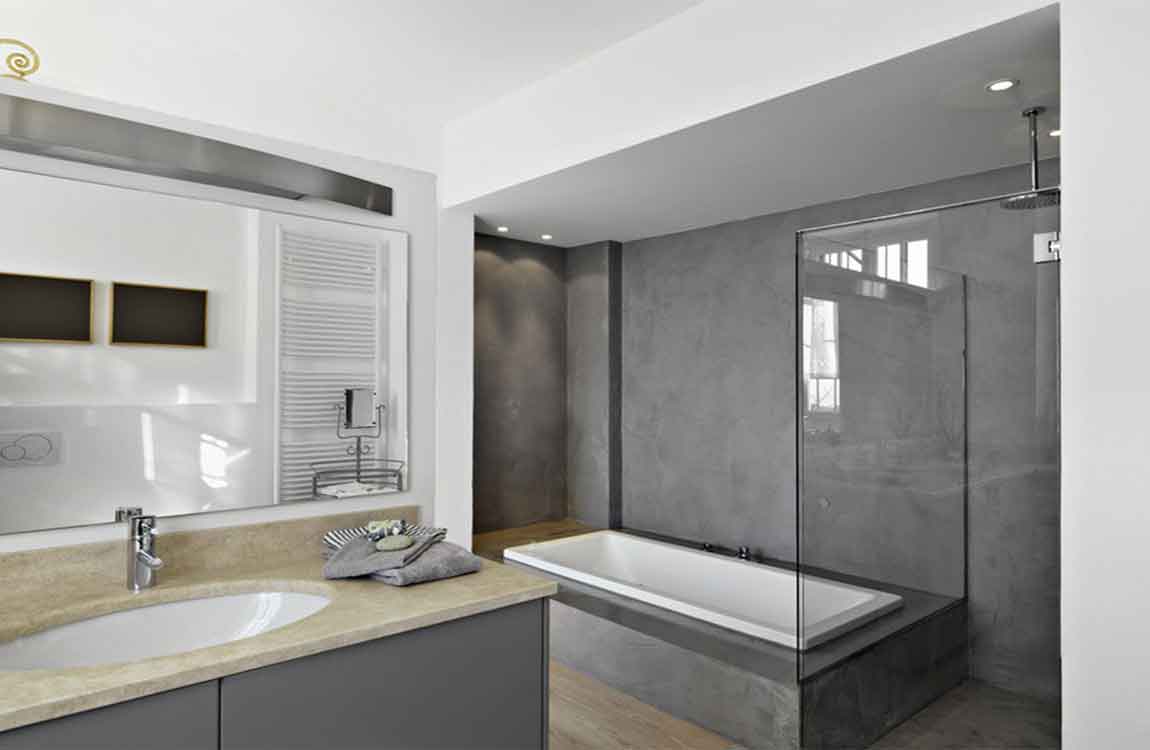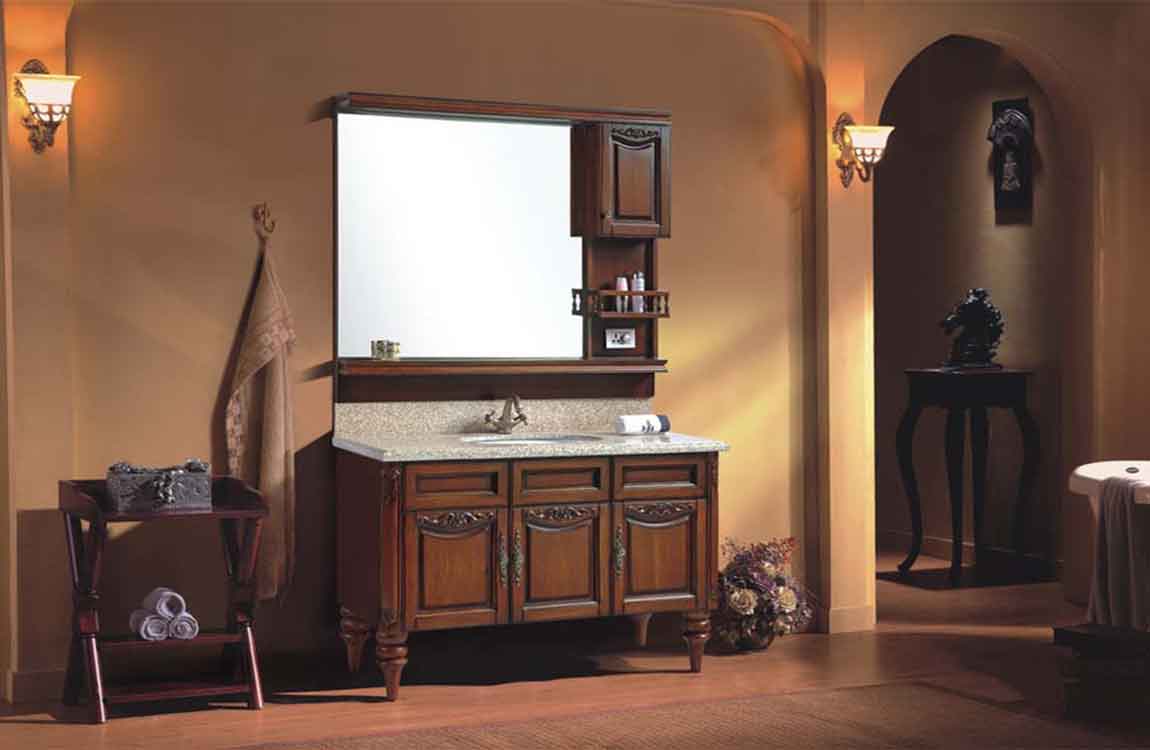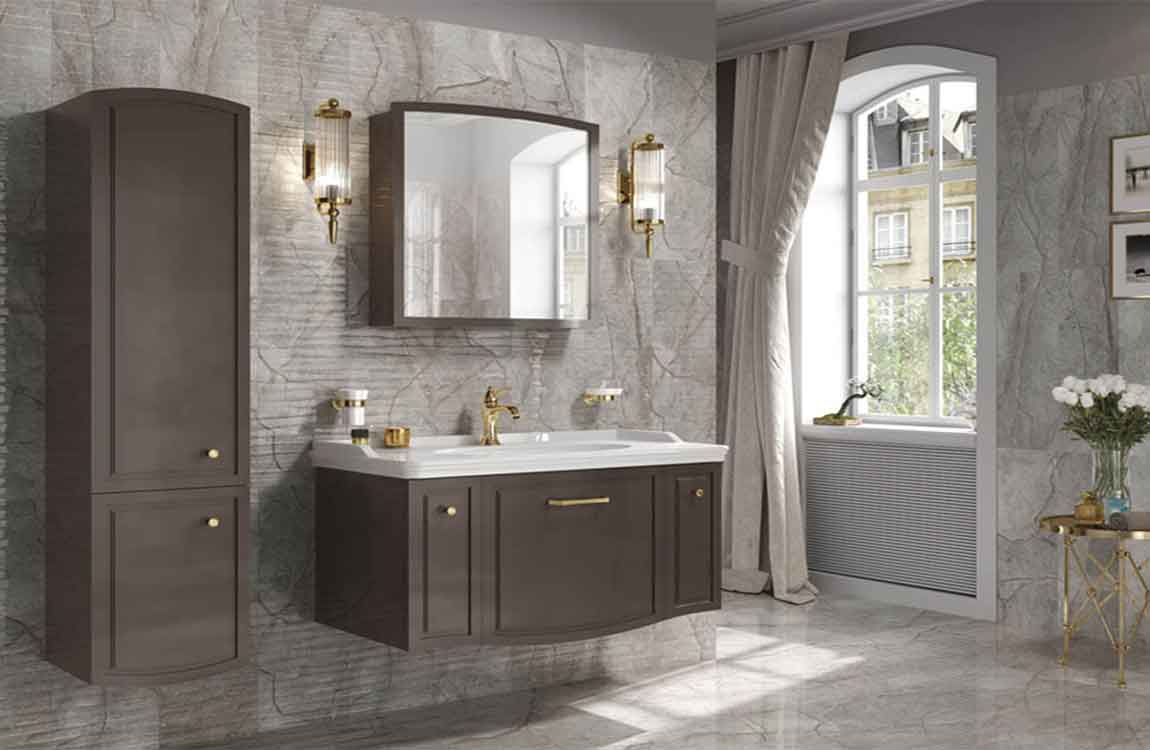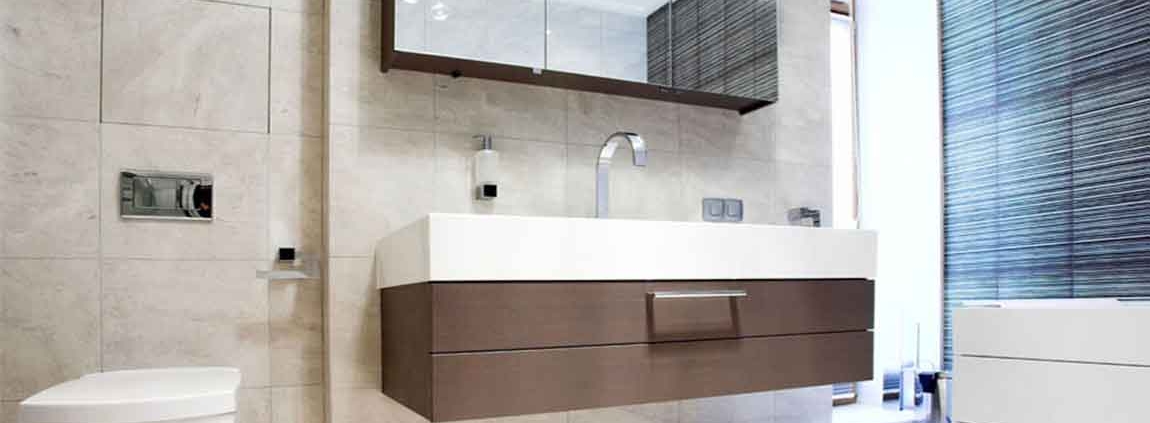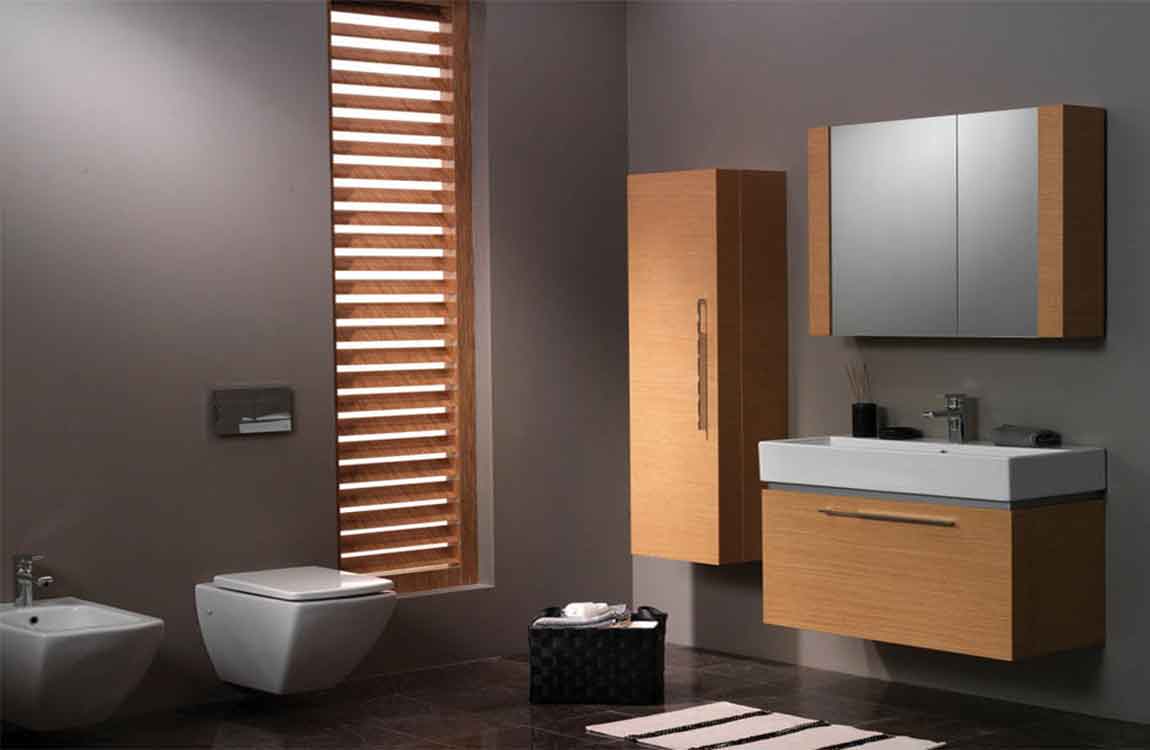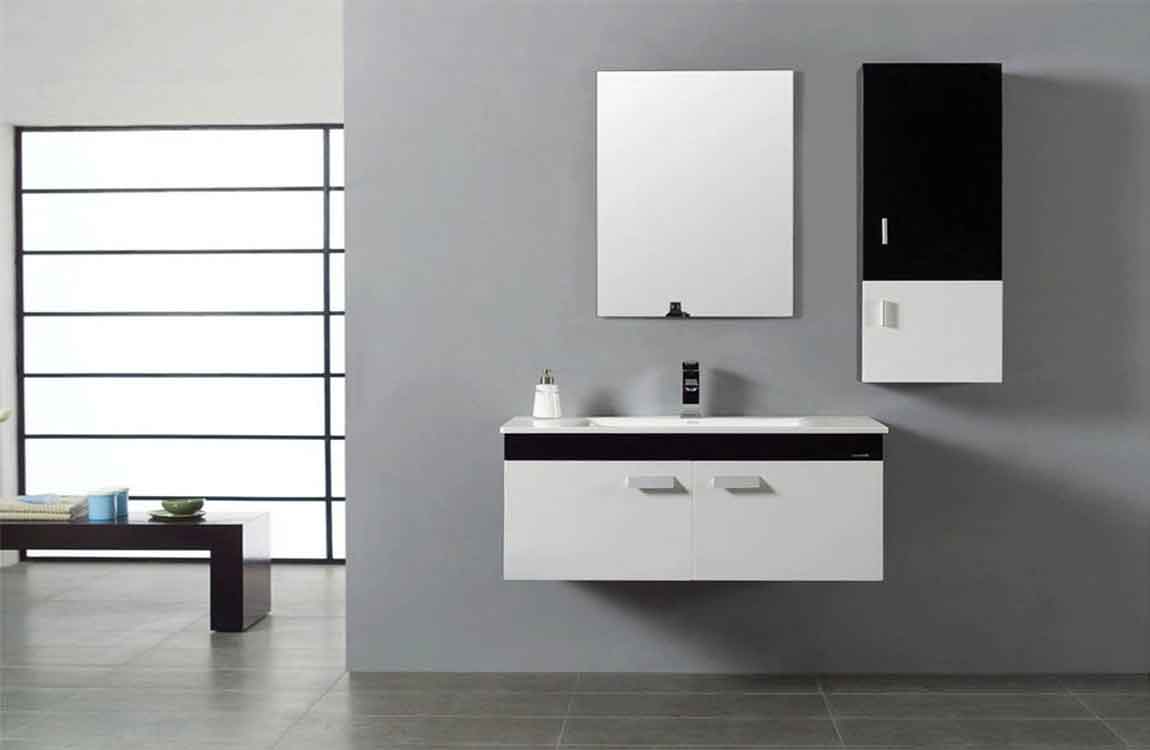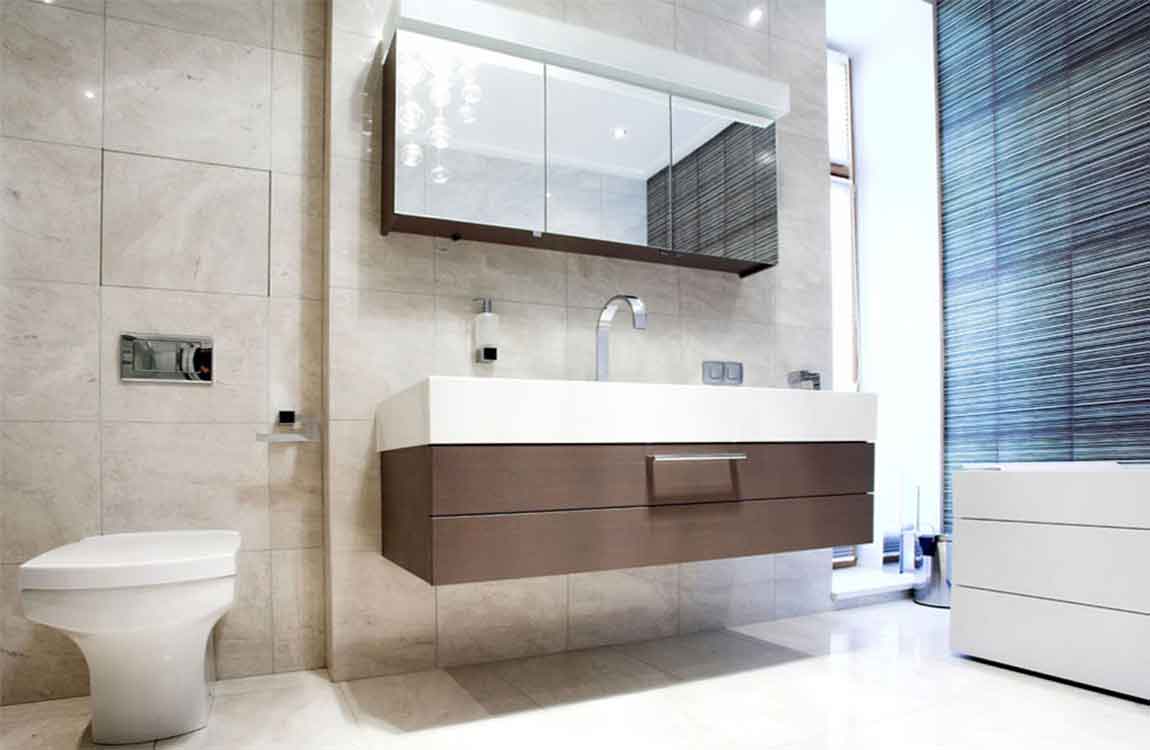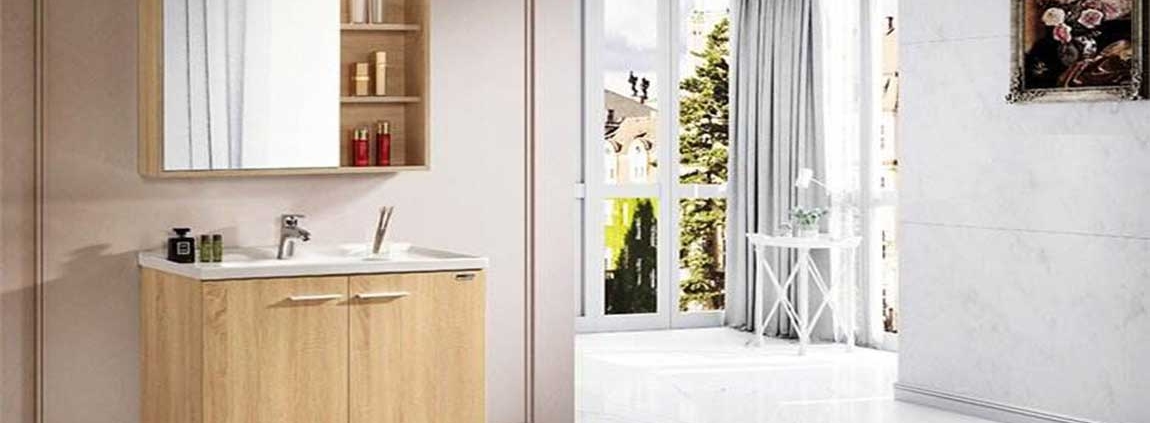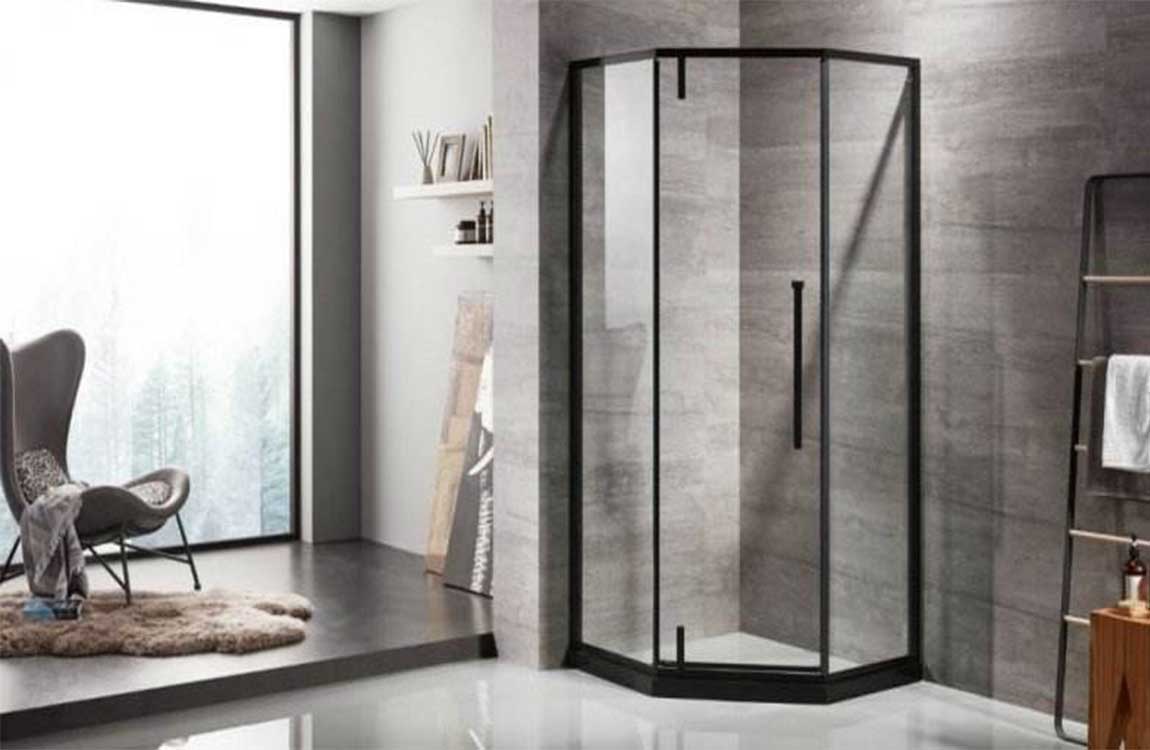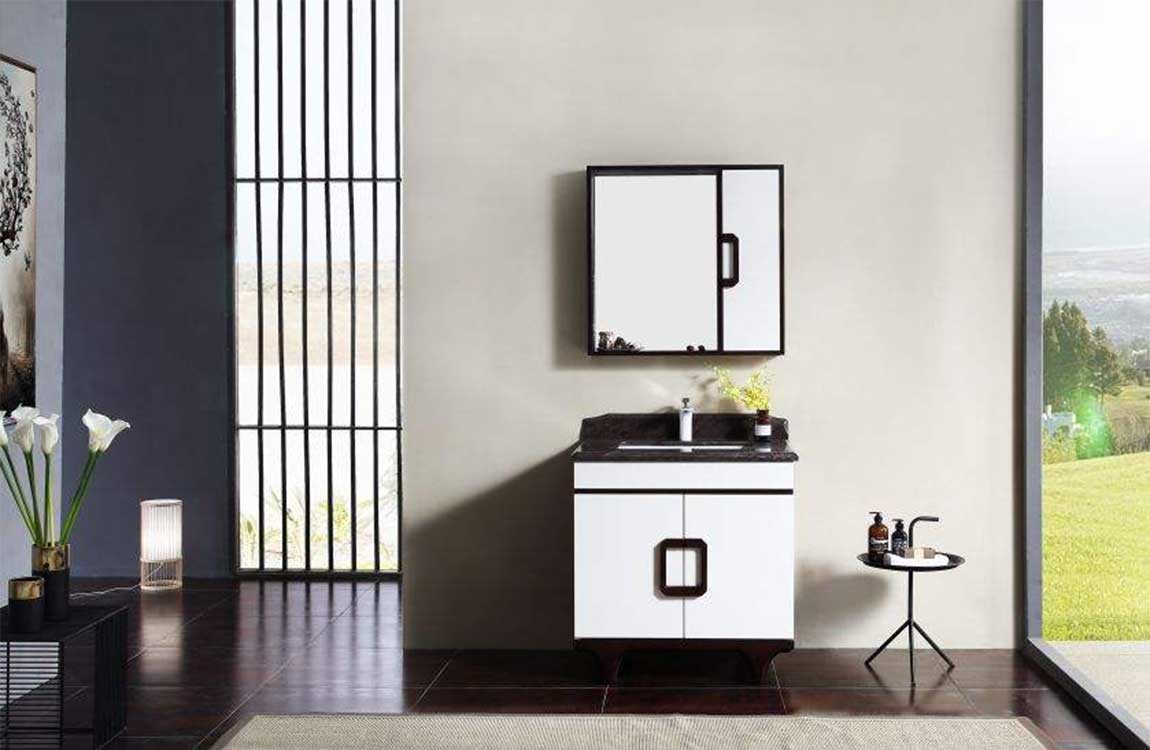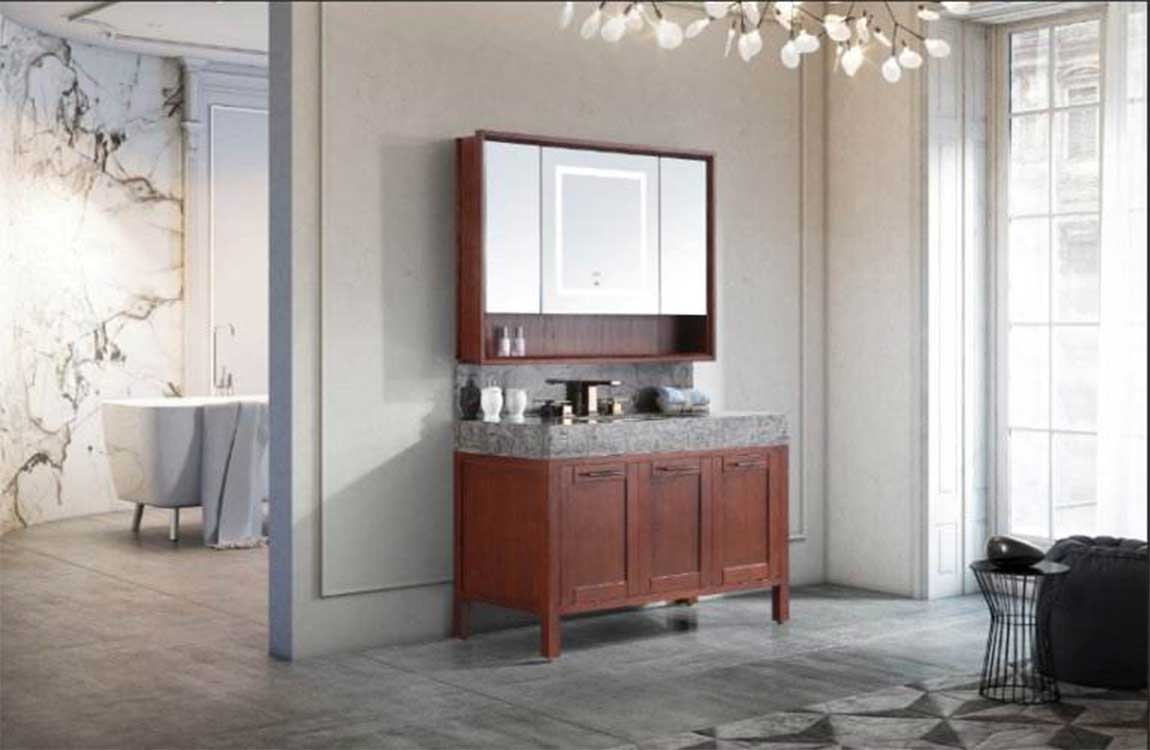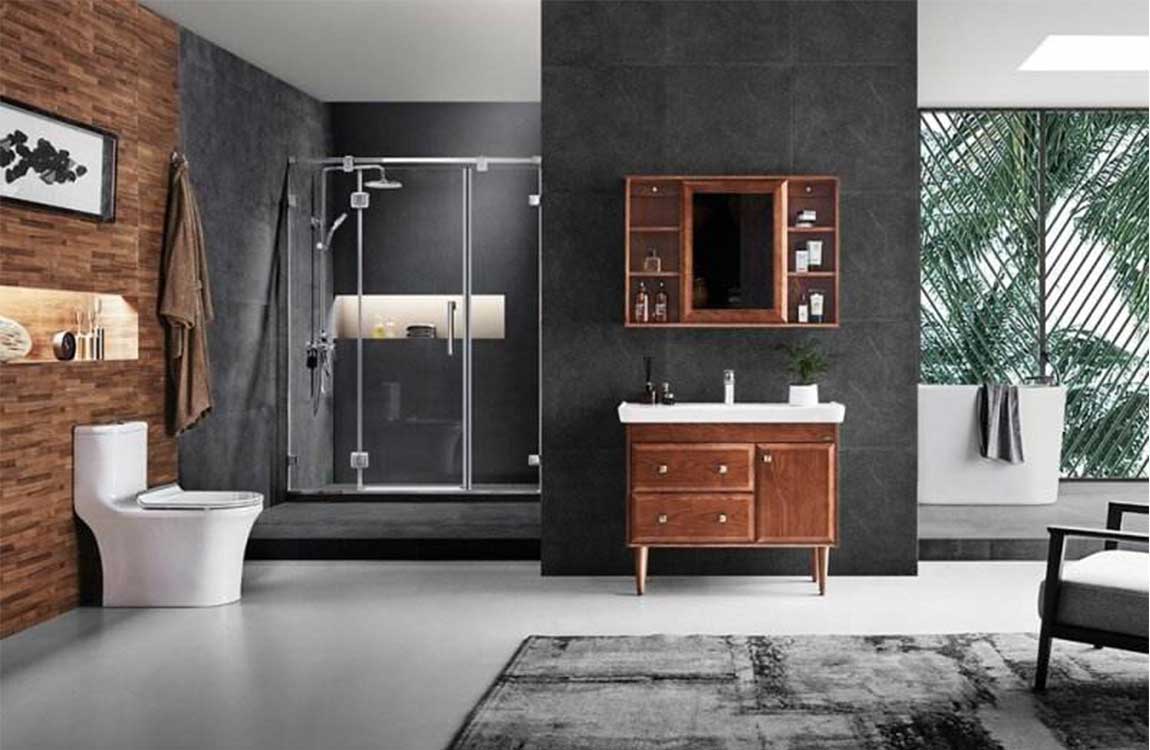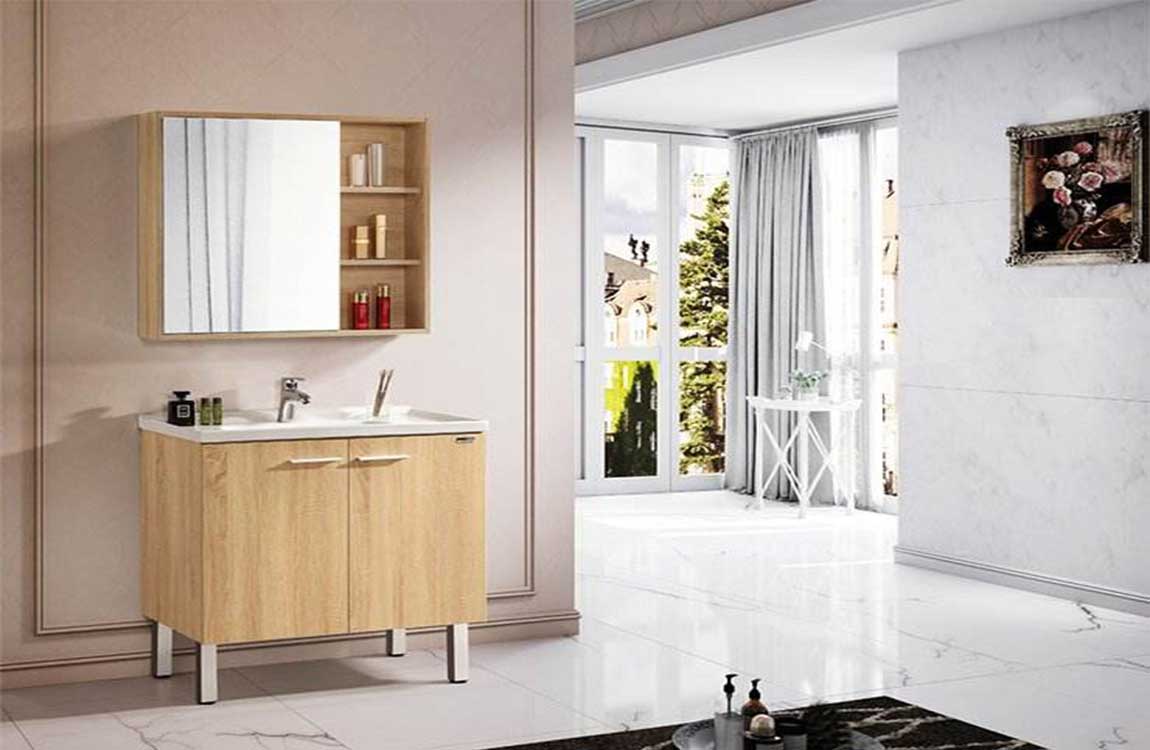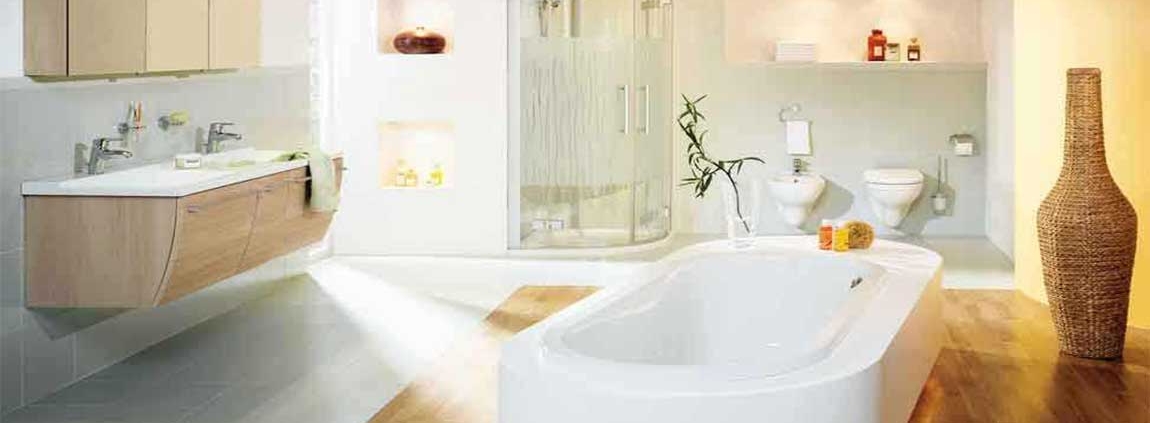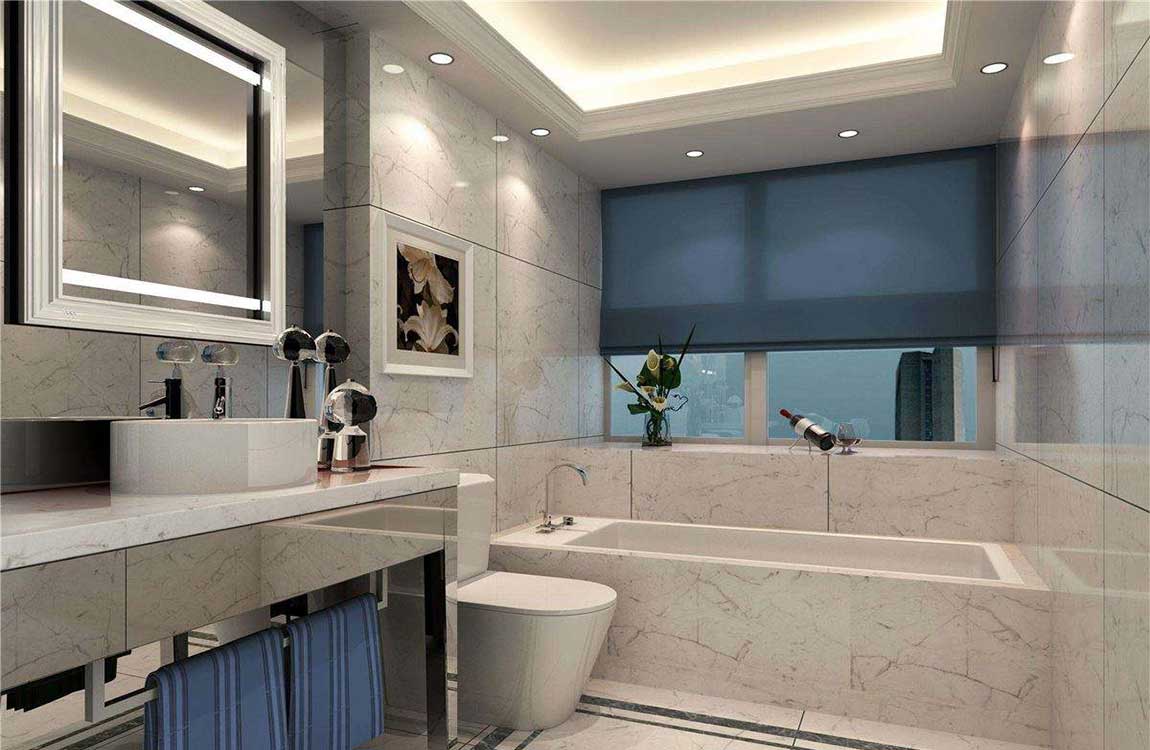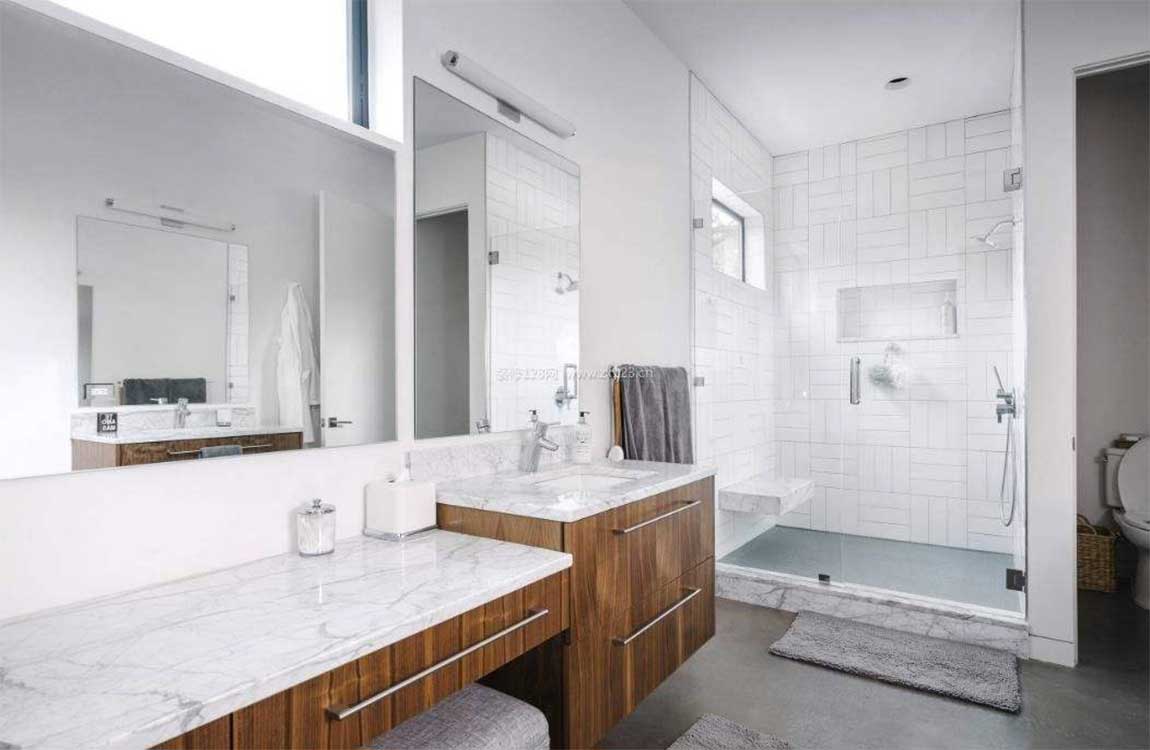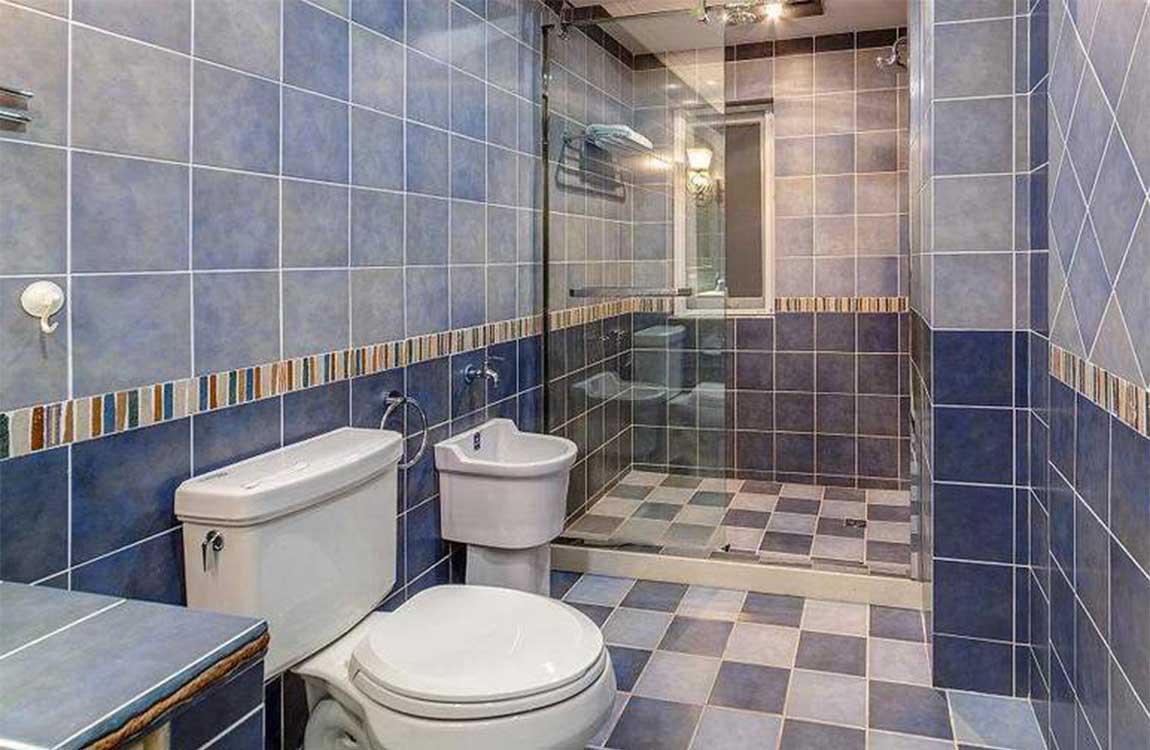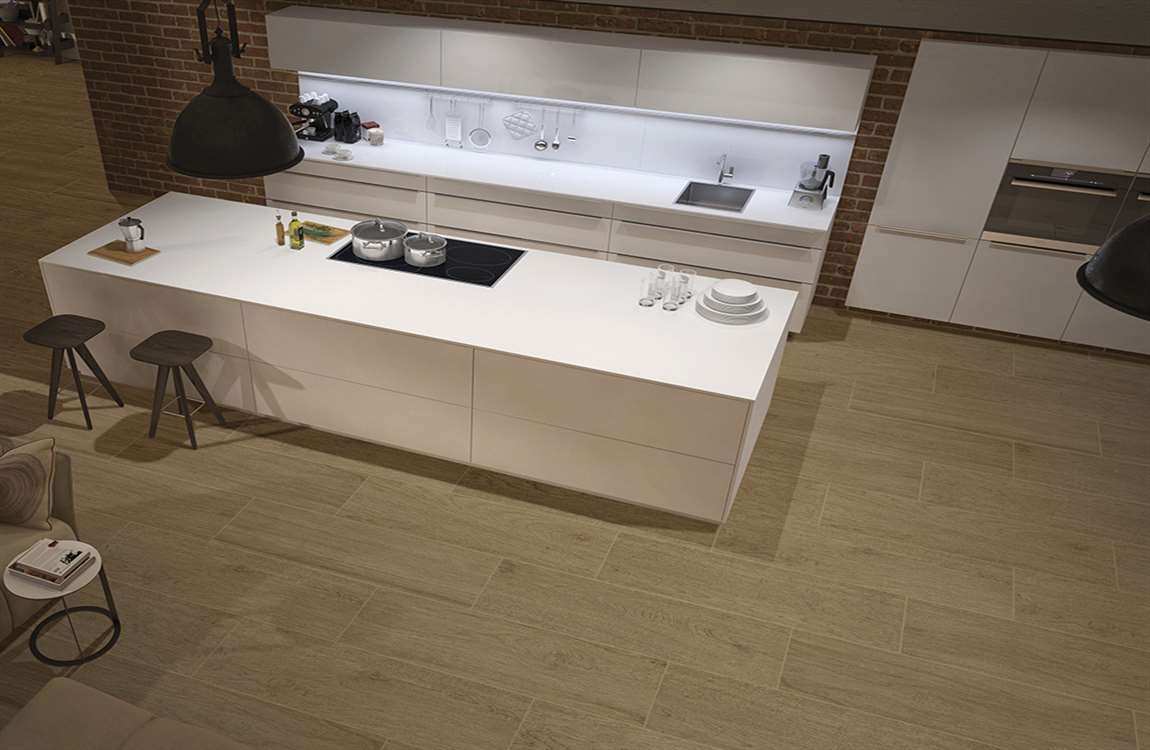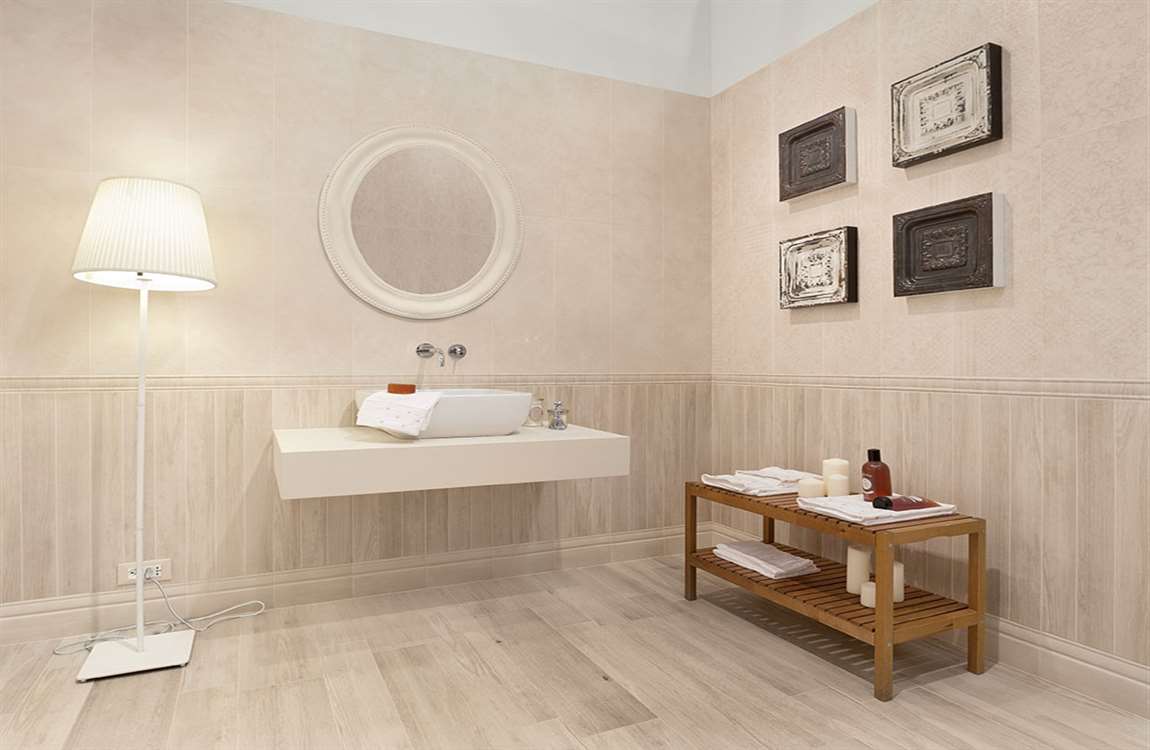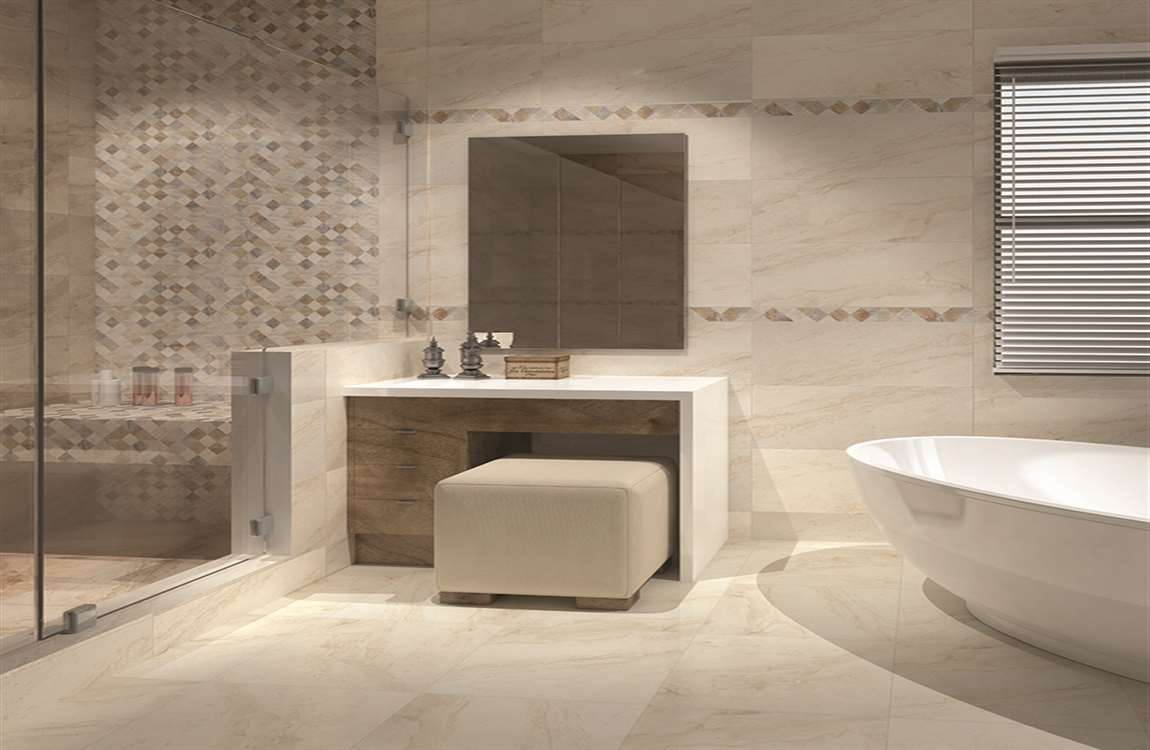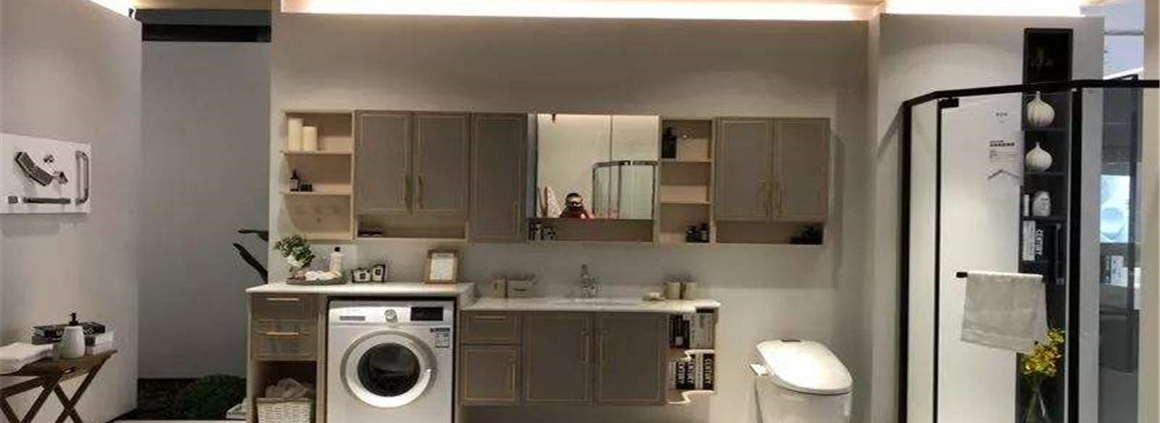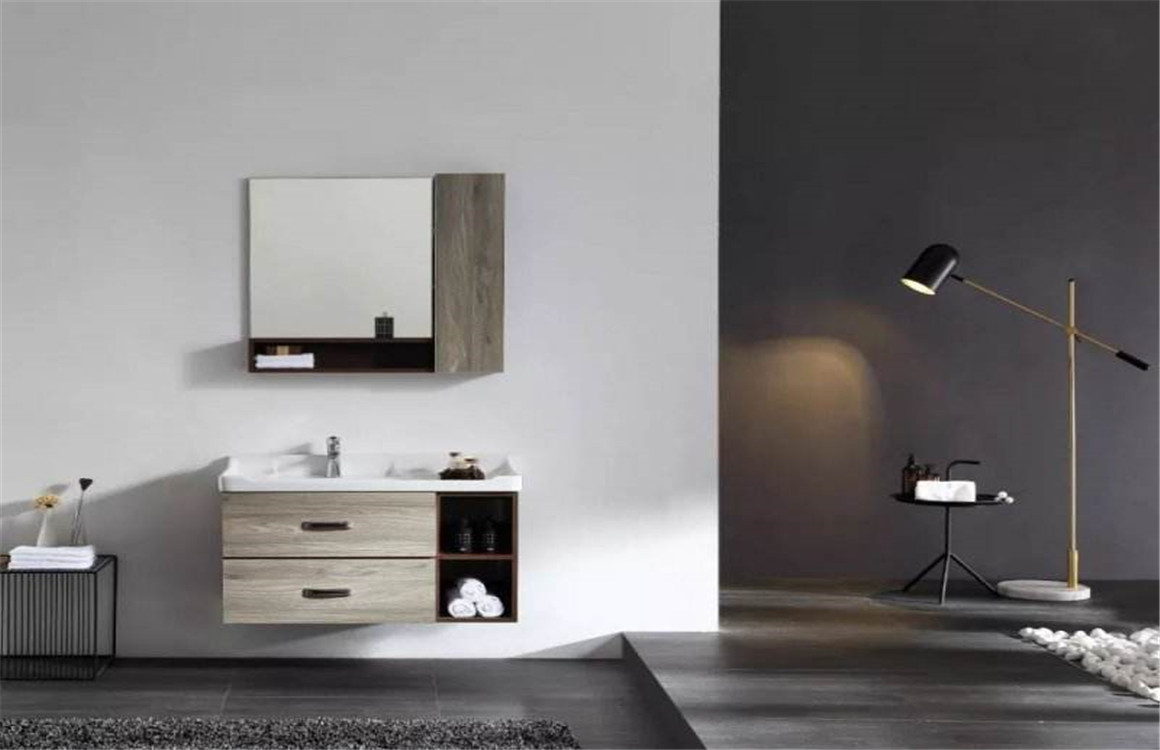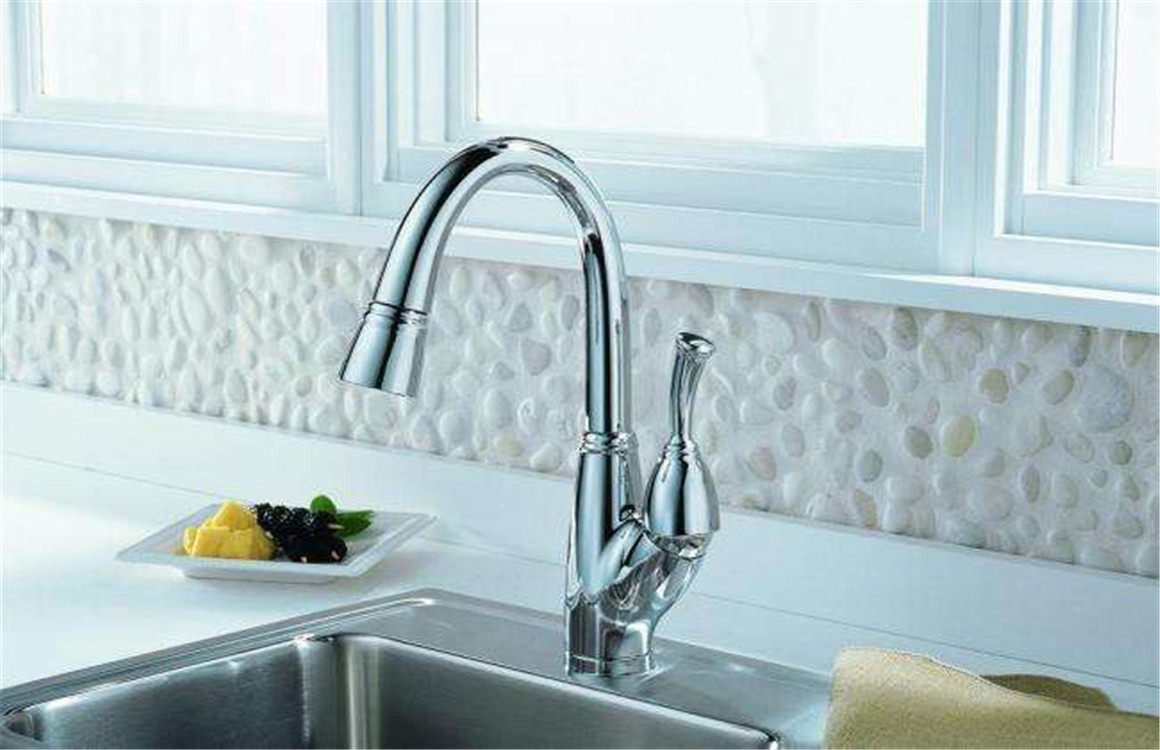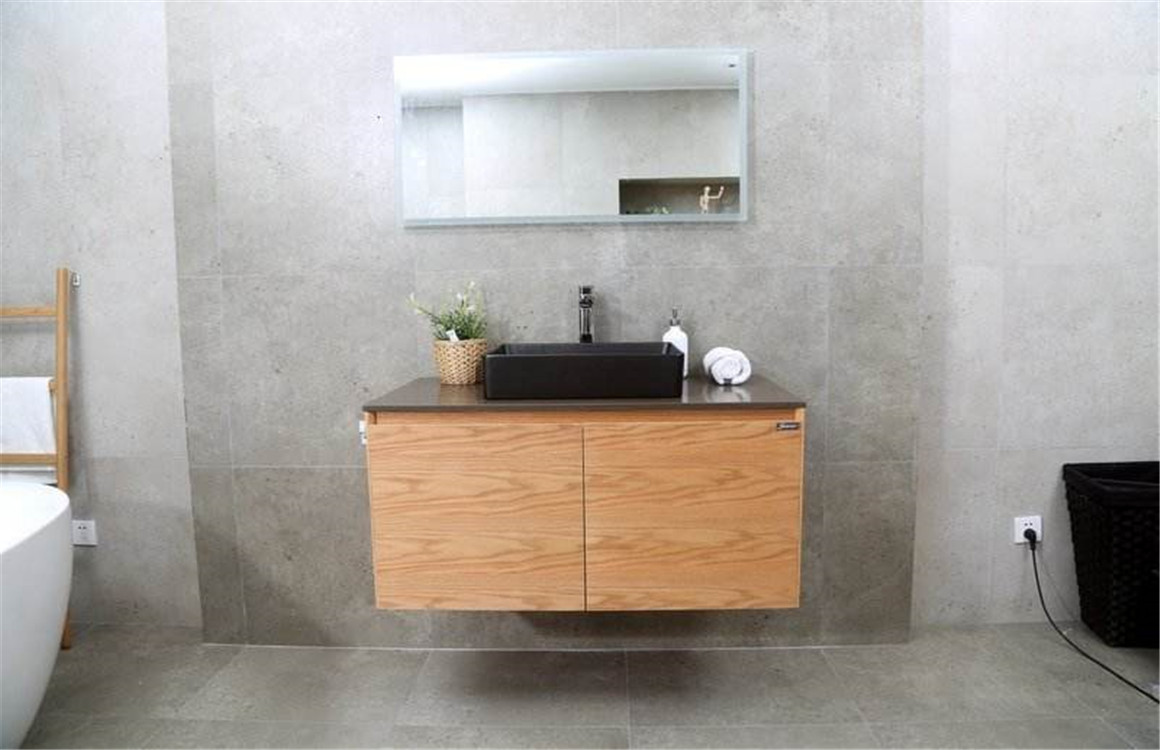How Dismantling the Faucet?
Gather the proper tools. You will need a monkey wrench, bath socket wrench or vice grip pliers, a Philips screwdriver, a flat-head screwdriver, a jar gripper, plumber’s grease, a rag, Teflon tape and possibly tub caulk. You may also need a hair dryer.
Turn off the water intake to your house. You will need access to the pipes for the next hour or so. Tell family members or tenants that they will not have water during this time. Open the hot and cold valves on the bathtub faucet. This will drain any remaining water in the pipes.
Insert a Philips head screwdriver into the hole and unscrew the handle from the wall. Over time, handles can corrode and weld the faucet on. Use a hand dryer to heat the handle and loosen it. Don’t use too much force or it can break. Call a plumber if your handle breaks or will not come off.
Unscrew the trim and the collar from the wall by hand. The trim is the decorative piece that fits around the outside of the faucet, generally just behind the handle, while the collar is generally a tubular piece that fits around the internal faucet parts. They should unscrew fairly easily. You can use a hair dryer to loosen them as well. Repeat for the other handle if your tub has two.
Set the faucet handle inserts, faucet handles, screws, trim and collar parts aside in a small container. You will need to reconnect them in a similar fashion when you are done fixing the faucet. Remove the stem bonnet, which is the packing nut that holds the stem in place. These are sometimes also called “cartridges.” Insert a bath socket wrench and turn it counterclockwise.

